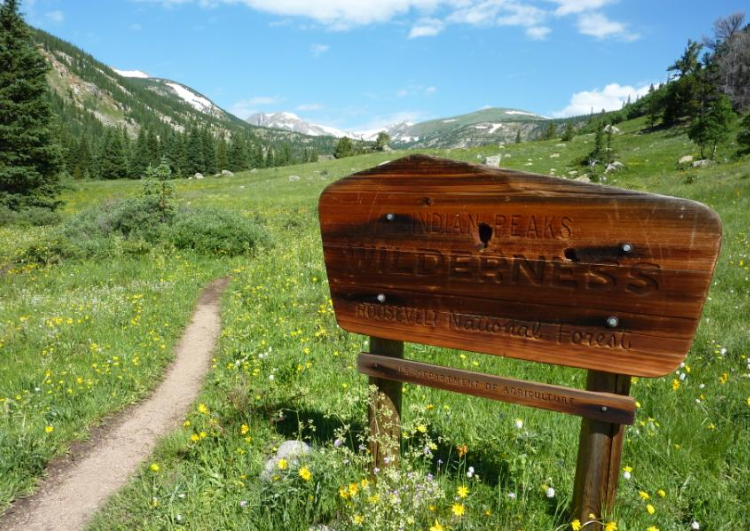
Indian Peaks Wilderness is located in the Front Range of the Rocky Mountains in north-central Colorado. It spans parts of both Boulder and Grand Counties. The wilderness area is situated west of the town of Boulder and lies just south of Rocky Mountain National Park. The Indian Peaks Wilderness encompasses over 76,000 acres of protected land and is known for its stunning alpine scenery, diverse ecosystems, and numerous recreational opportunities, including hiking, backpacking, and fishing.
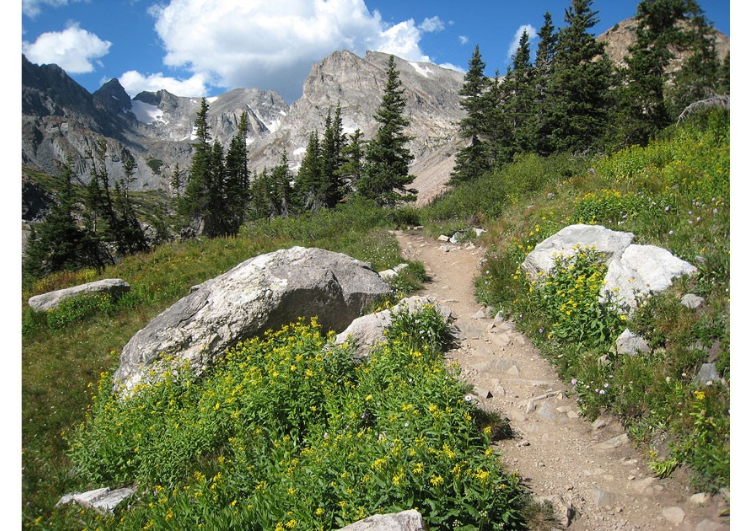


Indian Peaks Wilderness was designated as a wilderness area in 1978. This designation was part of the efforts to preserve and protect the natural beauty and ecological integrity of this region within the Arapaho and Roosevelt National Forests.


Indian Peaks Wilderness was not "invented" but rather designated and established through legislative action. The wilderness area was created through the efforts of conservationists, local advocates, and policymakers who recognized the need to protect this region's natural beauty and ecological value. The designation was made official by an act of the United States Congress in 1978, as part of the National Wilderness Preservation System, which aims to preserve wilderness areas for future generations.
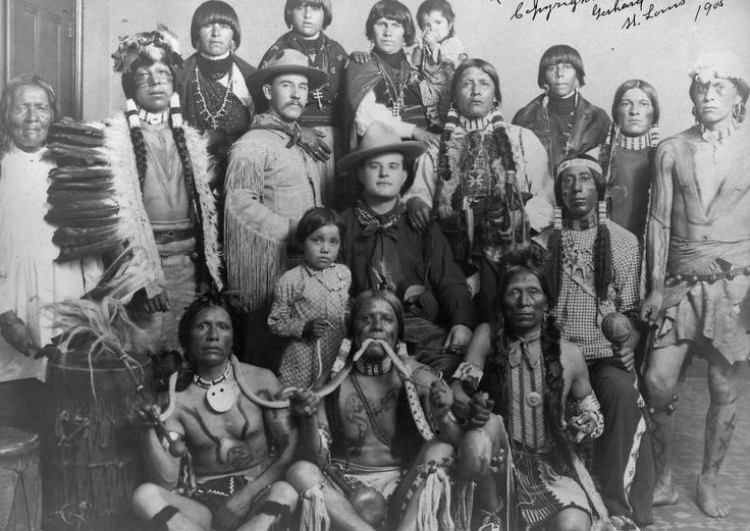
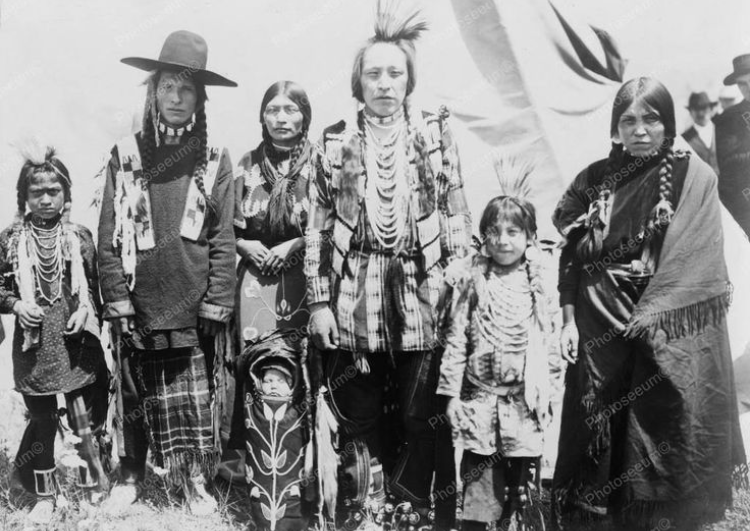
Indian Peaks Wilderness is named after the prominent peaks within the area, many of which are named after Native American tribes and figures. For example, some of the peaks include Apache Peak, Arapaho Peak, Navajo Peak, and Pawnee Peak. This naming convention reflects both the region's cultural heritage and its geographical features. The wilderness area's name honors the Native American tribes that have historical and cultural ties to the region.

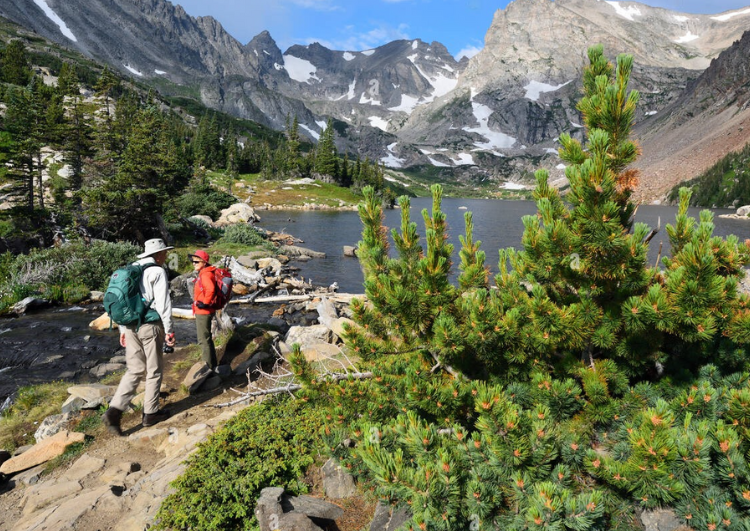

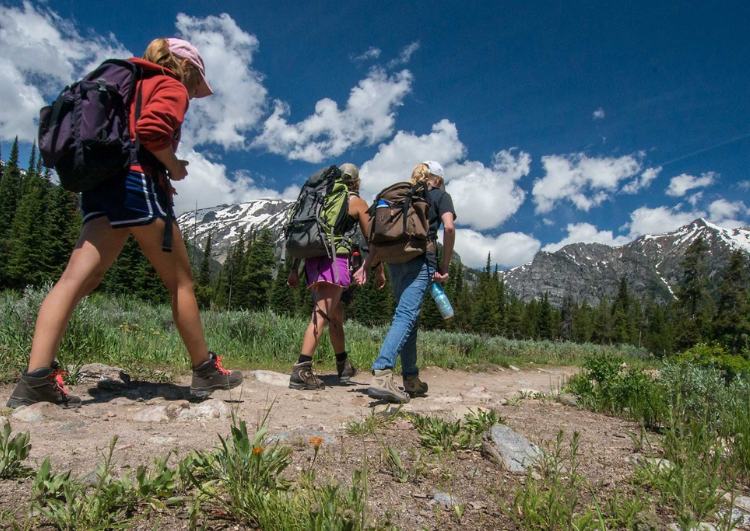
Indian Peaks Wilderness is cherished by hiking enthusiasts for several reasons:
1. **Scenic Beauty**: The wilderness area boasts breathtaking alpine scenery, including rugged peaks, pristine lakes, lush forests, and meadows filled with wildflowers. The stunning landscapes provide hikers with awe-inspiring views at every turn.
2. **Diverse Trails**: Indian Peaks Wilderness offers a wide variety of hiking trails suitable for all skill levels, from easy day hikes to challenging multi-day backpacking adventures. Whether you're seeking a leisurely stroll or a strenuous trek, there are trails to suit your preferences.
3. **Abundant Wildlife**: The wilderness area is home to a diverse array of wildlife, including elk, deer, moose, black bears, and various bird species. Hikers often have the opportunity to observe these animals in their natural habitat, adding an exciting element to their outdoor experience.
4. **Solitude and Serenity**: Despite its proximity to populated areas like Boulder and Denver, Indian Peaks Wilderness offers a peaceful escape into nature. Hikers can immerse themselves in the tranquility of the wilderness, away from the hustle and bustle of city life.
5. **Adventure Opportunities**: With over 76,000 acres of protected wilderness to explore, there's always a new adventure awaiting hikers in Indian Peaks Wilderness. Whether you're summiting a majestic peak, crossing alpine passes, or discovering hidden alpine lakes, there's no shortage of excitement for outdoor enthusiasts.
Overall, Indian Peaks Wilderness provides hikers with the perfect combination of natural beauty, diverse trails, wildlife encounters, and adventure opportunities, making it a beloved destination for hiking lovers.
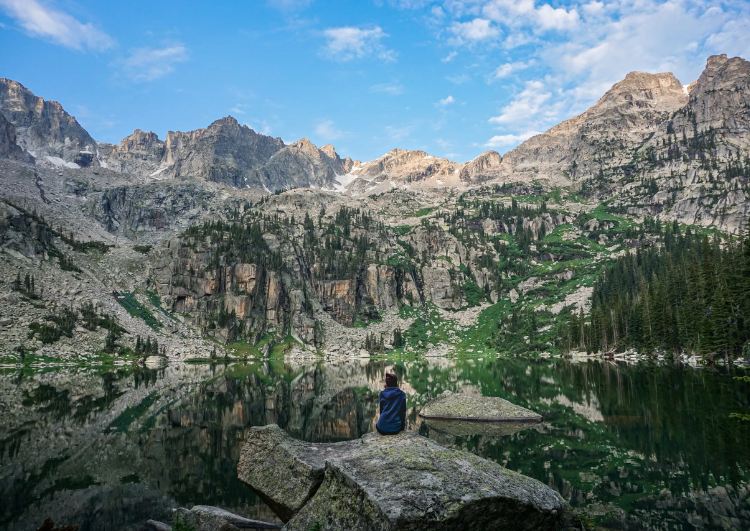




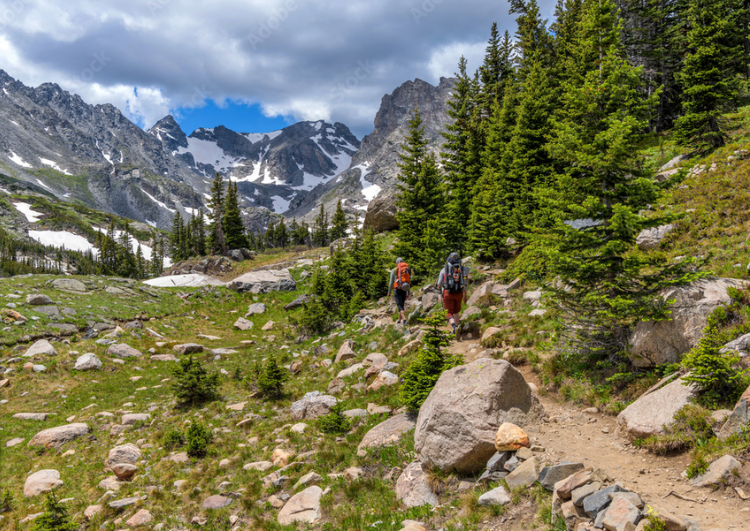

Indian Peaks Wilderness offers hiking opportunities throughout the year, but the experience can vary depending on the season:
1. **Spring**: Springtime in Indian Peaks Wilderness is characterized by melting snow and blooming wildflowers. While some trails may still have lingering snowpack in the early spring, this is a great time to witness the landscape coming back to life. Hikers can enjoy moderate temperatures and fewer crowds compared to the peak summer months.
2. **Summer**: Summer is the most popular time for hiking in Indian Peaks Wilderness. The snow has melted, and most trails are accessible, allowing hikers to explore the alpine terrain, enjoy the vibrant wildflowers, and take advantage of longer daylight hours. However, summer can also bring afternoon thunderstorms, so it's important to start hikes early and be prepared for changing weather conditions.
3. **Fall**: Fall is a spectacular time to hike in Indian Peaks Wilderness, as the foliage begins to change color, painting the landscape with hues of gold, orange, and red. The cooler temperatures and fewer crowds make it an ideal time for hiking. Trails can be busy during weekends, especially in popular areas for leaf-peeping.
4. **Winter**: Winter hiking in Indian Peaks Wilderness offers a unique experience for adventurous hikers. While many trails may be covered in snow, it opens up opportunities for snowshoeing and backcountry skiing. Winter hiking requires extra preparation, including appropriate gear, knowledge of avalanche safety, and awareness of winter weather conditions.
Overall, Indian Peaks Wilderness can be enjoyed year-round, but hikers should be prepared for the specific conditions and challenges that each season brings.